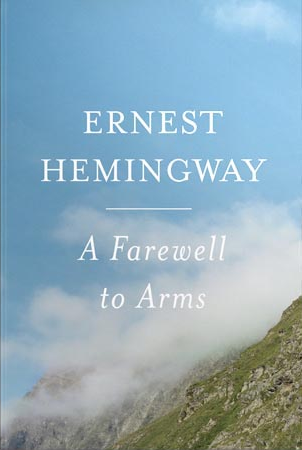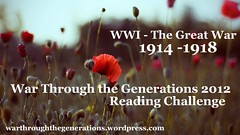Guardians of the Gate by Vincent N. Parrillo is a historical fiction novel about Ellis Island between 1893 and 1902 as immigration to the United States increases, particularly from Italy and other non-northern European nations, and sentiment in America turns against immigrants. Dr. Matt Stafford and his wife have moved to New York City and are living the high life with a very busy social calendar as he works at Presbyterian Hospital. After losing a child in a miscarriage, their relationship fractures and each seeks satisfaction in life through different means — Peg through social activities and Matt through his job as a surgeon and ultimately as a doctor at Ellis Island. Stafford is a likeable doctor and clearly cares about his patients and learning different languages and cultures, but his morals become more flexible when his wife’s ailment takes a turn for the worse and he spends more time with a lovely nurse at Ellis Island — a relationship that starts too quickly given the set up of the nurse’s character as aloof and consummately professional, even shying away from small talk with co-workers.
Meanwhile, nearly half of the book is spent with Ellis Island’s lead administrator Dr. Joseph Senner, whose heavy handed management style rubs personnel the wrong way, but endears him to his kindred German immigrants. Senner expresses his concerns about the operations at Ellis Island openly and sets about making changes. Senner is aloof to his workers and his German accent remains thick, even after 13 years in America. Parrillo’s adherence to the use of “v” rather than “w” and other typical German-American accented English words continue to pull the reader out of the story and could have been phased out early on after the cadence had been well established. Given the aloof nature of Senner’s character from his employees, the relationship in the latter half of the book between him and Dr. Stafford is surprising.
“The impact of this grand hall was striking. The hall was virtually the full size of the building itself. Its vastness was enhanced by the cathedral ceiling and the light — even on this overcast day — that filtered through the tall, eave-high windows. A wide-planked pine floor, resembling a sailing ship’s deck so familiar to the arriving ocean voyagers, set off the woodwork. The place even seemed to have the scent of a ship. Ten parallel aisles, framed by railings, marked where the immigrants began the screening process. Potted plants, American flags, and red, white, and blue bunting festooned the hall.” (Page 5)
However, Parrillo is clearly a student of Ellis Island history as details about the island, the immigrants, the inspection procedures, and even the buildings themselves pour into the dialogue between Senner, who is a new administrator, and his assistant Ed McSweeney. The facts and figures, plus the inclusion of photographs from the real Ellis Island provide this historical fiction novel with a unique style, mimicking a piece of nonfiction. There are good and bad workers on Ellis Island, but the story is less about them and the immigrants than it is about Stafford and his troubled love life.
While Parrillo does include fictionalized accounts of immigrants coming to Ellis Island and their histories, the prose merely tells and does not show the emotion of these characters, as it does when the immigration officials interact. While the plot and Dr. Stafford anchor the story and keep the pages turning, readers may want greater depth from Parrillo’s characters who at times are wooden in their actions and conversation. With that said, the historical details of the bureaucracy related to Ellis Island, the corruption of immigration officials, and the procedures that had to be put in place to accommodate an influx of immigrants is interesting. Through carefully selected details, Parrillo ensures that Ellis Island comes to life, nearly becoming a larger-than-life character of the book and stealing the show from Dr. Stafford and others.
Guardians of the Gate by Vincent N. Parrillo is a satisfying look at Ellis Island’s struggles in the beginning of the 1900s as immigrants began flooding America’s shores. Parrillo is adept at blending in historic details and data into his prose, bringing to life the historic buildings and struggles of those entering the country and those helping them enter. Those interested in Ellis Island’s history (complete with photos) and immigration will enjoy the historic parts of the novel.
About the Author:
VINCENT N. PARRILLO is a professor of sociology at William Paterson University of New Jersey. An internationally recognized expert on immigration, he is the executive producer, writer, and narrator of the award-winning PBS television documentary, Ellis Island: Gateway to America (1991). He currently lives in northern New Jersey.

 For the WWI Reading Challenge, we’re doing a group read of Ernest Hemingway’s A Farewell to Arms.
For the WWI Reading Challenge, we’re doing a group read of Ernest Hemingway’s A Farewell to Arms. Haunted (6:1 Series, Volume 1) by
Haunted (6:1 Series, Volume 1) by  About the Author:
About the Author:
 About the Author:
About the Author:



 The Wonder of It All
The Wonder of It All


 About the Author:
About the Author: About the Author:
About the Author: About the Author:
About the Author:


